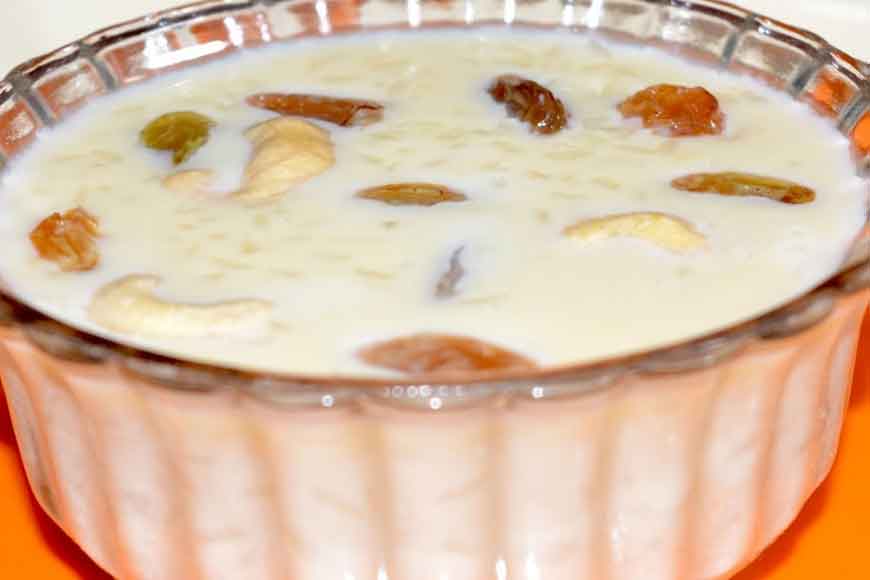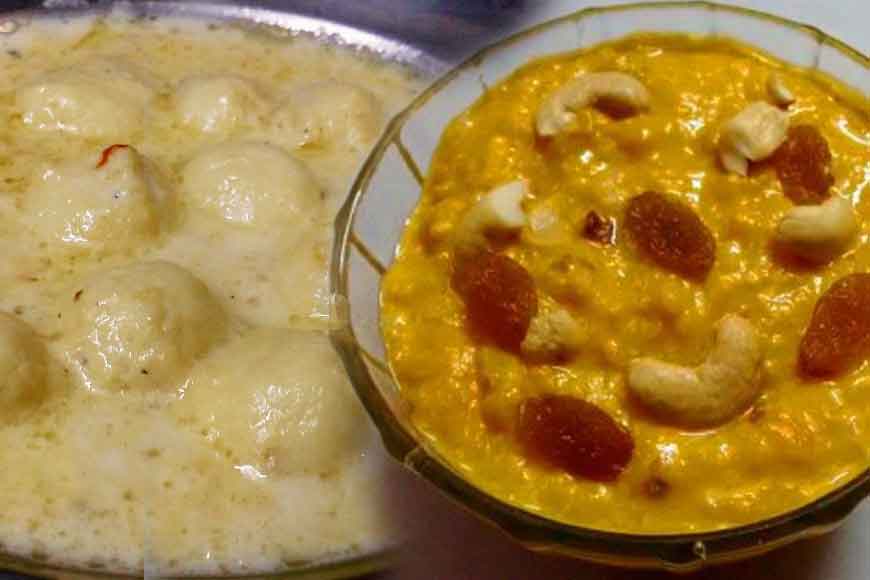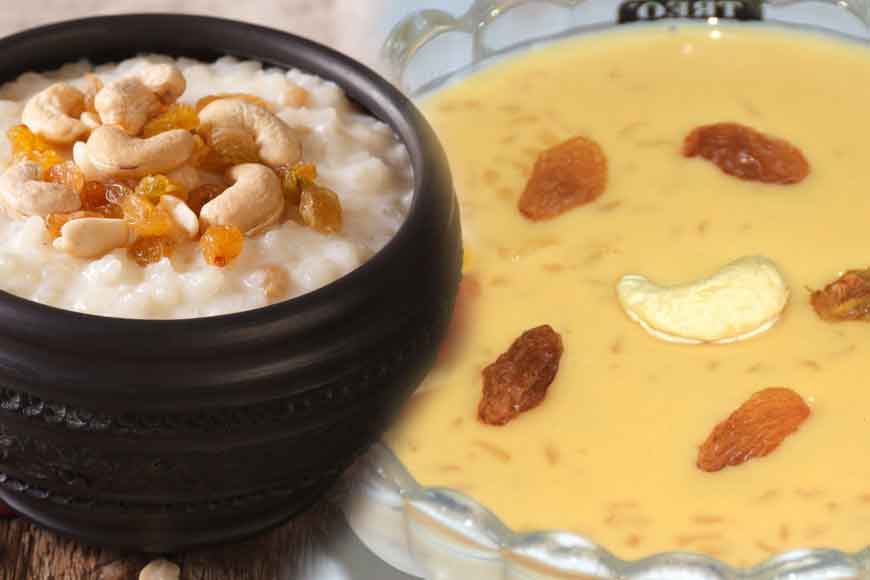Did you know there are 26 types of payesh in Bengal?

“For sheer inventiveness with milk as the primary ingredient, no country on earth can match India.”- Harold McGee
Very true to McGee’s reflections, any Bengali ceremony is incomplete without payesh. From offerings to Gods and goddesses to birthday parties and even a baby’s first rice eating ceremony, payesh has always found a place in the Bengali cuisine history.

In India at large, milk is not just the morning glass you drink over breakfast. Rather, it takes us to a realm that is not mere devotion but to the depths of spirituality that deals with Hindu philosophy and evolution of earth and mankind. A form of payesh, used in North India, also known as kheer, is also mentioned in Ayurveda and is said to have been derived from the Sanksrit word kshirika (meaning a dish prepared with milk). A similar dish like payesh was used by Romans as a stomach coolant and as a detox diet. What is significant, is the payesh that a child has as his or her first food, also becomes an important food item that is to be eaten on every birthday. While cakes have entered Bengali households, payesh has not lost its ritual significance.
Payesh is mostly cooked and consumed in households as rice payesh, at times mixed with jaggery or gur. Variations of payesh like chhana-r payesh (rice pudding made with tiny balls prepared from chhana) is also common. Rice based payesh is essentially a religious or pious food item and hence no sweet shops of Bengal keep it. It is usually made at home during ceremonies primarily. In the last quarter of the 19th-century, the first recipe book dedicated to sweets was published, known as Mistannapak by Bipradas Mukherjee. This book contains around 26 varieties of payesh, that is made of various tropical vegetables and fruits. They included Nalen gur-er payesh (made with jaggery), Luchi-r payesh (made with shredded pieces of fried discs of bread from flour), Chira r-payesh (with flattened or beaten rice), Gol alu-r payesh (with boiled cubes of potato), Bonde-r payesh (made with small droplets of sweet prepared from gramflour), Kancha aam-er payesh (pudding made with raw mango), Chhana-r payesh (made with chhana), Kochi lau-er payesh (the signature ingredient of this payesh is unripened bottle gourd), Suji-r payesh (payesh made with semolina), Komolalebu-r payesh (with oranges), Kanthal bichi-r payesh (the signature ingredient is jackfruit seed) and even Piyanj-er payesh (a pudding made with onions).

So, next time you make that Bengali dessert at home, remember you can make it with any ingredient possible on earth!










